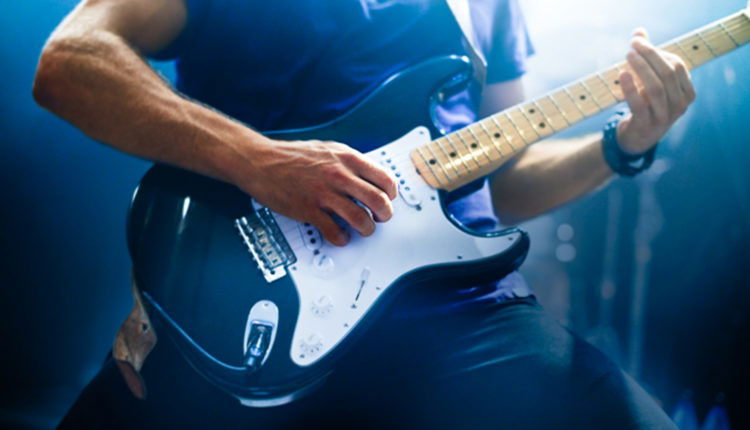Noise-Induced Hearing Loss (NIHL) is hearing impairment resulting from exposure to loud sounds—from a single sound burst, like an explosion, to continuous loud sounds over a period of time, like a concert.
NIHL can affect you over a narrow range of frequencies or it may impact your perception of sound overall. You might also have a painful sensitivity to sound, or ringing in the ears. These symptoms can be temporary or permanent.
According to the National Institute on Deafness and Other Communications Disorders (NIDCD)1, many activities can put you at risk for NIHL including target shooting, hunting and snowmobiling. Around the house, potential risk may come from lawnmowers, leaf blowers and woodworking tools. No matter where you are or what you are doing, it’s always important to use the proper ear-protection.
Enjoy sound responsibly.
A common risk to our hearing comes from one of the things we most like to hear—music. That includes listening to music at a high volume through earbuds or headphones, cranking up the sound system in your car or sitting close to the stage at loud concerts.
Find a delicate balance.
To understand how to minimize your risk, let’s talk a little about sound itself. Sound is measured in units called decibels. Sounds at or below 70 dBA, are unlikely to cause hearing loss even after long exposure. However, long or repeated exposure to sounds at or above 85 dBA can cause hearing loss. The louder the sound, the shorter the amount of time it takes for hearing damage to occur.
Here are the average decibel ratings of some familiar sounds:
- Normal conversation
60-70 dBA - Movie theater
74-104 dBA - Motorcyles and dirt bikes
80-110 dBA - Music through earbuds or headphones at maximum volume, sporting events, and concerts
94-110 dBA - Sirens
110-129 dBA - Fireworks show explosions
140-160 dBA
Change your perspective.
At a concert, proximity matters. If you double your distance from the sound source, you are reducing the sound pressure level by 75%. If you feel that the music is too loud, move away from the stage. Proximity is also why headphones can be safer than earbuds—because the sound source is farther from your middle ear. But you can still damage your hearing by abusing headphone volume, so be careful.
How to prevent NIHL.
Practice good hearing habits and protect your hearing for life with these tips:
- Proactively identify noises and situations that may cause damage so that you can plan accordingly (85 dBA or above)
- Wear earplugs or other protective devices when involved in a loud activity. Activity-specific earplugs and earmuffs are available at hardware and sporting goods stores
- If you can’t protect yourself or reduce the noise, move away from it
- Be alert to potentially hazardous noises in the environment
- Protect the ears of children who are too young to protect their own
- Make family, friends, and colleagues aware of the hazards of loud noise
- Have your hearing tested if you think you might have hearing loss
In short, do everything you can to avoid noises that are too loud, too close or last too long.
Find out if you have NIHL.
Because the damage from noise exposure is often gradual, you might not notice it at first. If you find it difficult to understand other people when they talk or if you have to turn up the volume more and more, it’s time to come in for a hearing test.
Get the evaluation and treatment you need to make Everyday Sounds Better.
Reference:
1. National Institute on Deafness and Other Communications Disorders (NIDCD) Website, “Noise-Induced Hearing Loss”, 2019.




